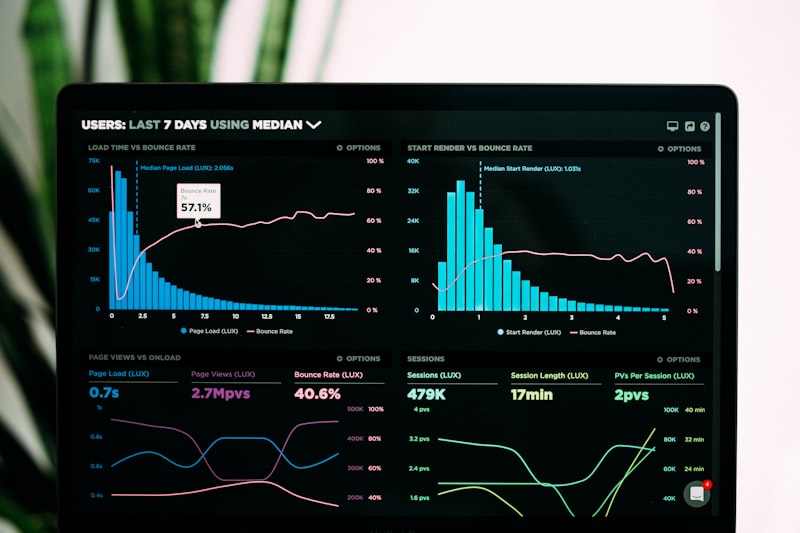The Complete Guide to Forex Trading for Beginners
Understanding the Forex Market
Forex (foreign exchange) trading is the global marketplace for exchanging national currencies, operating 24 hours a day, five days a week. With a daily trading volume exceeding $6.6 trillion, it’s the largest and most liquid financial market in the world. Unlike stock markets, forex has no central exchange, with trading conducted electronically over-the-counter (OTC).
This comprehensive guide covers everything from basic currency pairs to advanced trading strategies. Whether you’re looking to trade as a hobby or develop a professional trading career, these insights will help you navigate the complexities of the forex market while avoiding common beginner mistakes that cost traders thousands.

“Forex trading isn’t about getting rich quick – it’s about consistent strategy execution. Only 10% of forex traders maintain profitability over time, with the most successful focusing on risk management rather than chasing huge profits.”
Forex Market Fundamentals
Currency Pairs Explained
All forex trades involve currency pairs:
- Major Pairs: EUR/USD, USD/JPY, GBP/USD (most liquid)
- Minor Pairs: EUR/GBP, AUD/NZD (less liquid)
- Exotic Pairs: USD/TRY, EUR/TRY (higher risk)
- Base Currency: First currency in pair (EUR in EUR/USD)
- Quote Currency: Second currency (USD in EUR/USD)
Exchange rates show how much quote currency is needed to buy one unit of base currency.
Market Participants
Who moves the forex market:
- Central Banks: Influence rates and monetary policy
- Commercial Banks: Facilitate client transactions
- Hedge Funds: Large speculative positions
- Corporations: Hedge currency risk
- Retail Traders: Individual traders (like you)
Understanding who’s active during which sessions (London, NY, Tokyo) helps predict volatility.
Essential Trading Concepts
Pips & Lots
Core forex measurements:
- Pip: Smallest price move (0.0001 for most pairs)
- Lot Size: Standard (100,000 units), Mini (10,000), Micro (1,000)
- Leverage: 50:1 means $1 controls $50 position
- Margin: Collateral required to open position
- Spread: Difference between bid/ask prices
Example: A 10-pip move on a standard EUR/USD lot equals $100 profit/loss.
Market Analysis
Three primary approaches:
- Technical Analysis: Charts, indicators, patterns
- Fundamental Analysis: Economic data, interest rates
- Sentiment Analysis: Market mood and positioning
- Time Frames: Scalping (minutes), Day trading (hours), Swing (days)
- Risk/Reward: Never risk more than 1-2% per trade
Successful traders often combine all three analysis methods for confirmation.
Trading Psychology
Mental challenges to overcome:
- Emotional Control: Fear and greed destroy accounts
- Discipline: Stick to your trading plan
- Patience: Wait for high-probability setups
- Accept Losses: They’re part of trading
- Overtrading: #1 reason beginners fail
Journal every trade to identify emotional patterns and improve.
Proven Forex Trading Strategies
Beginner Strategies
Simple approaches to start with:
- Trend Following: Trade with the prevailing trend
- Support/Resistance: Buy low, sell high at key levels
- Moving Average Cross: 50/200 MA crossover signals
- Breakout Trading: Enter when price leaves range
- News Trading: Capitalize on volatility around events
Advanced Techniques
For experienced traders:
- Fibonacci Retracement: Identify reversal points
- Harmonic Patterns: Bat, Gartley, Butterfly setups
- Order Flow Analysis: Reading market depth
- Algorithmic Trading: Automated strategy execution
- Carry Trade: Profit from interest rate differentials
Risk Management: The Key to Survival
Protecting Your Capital
Essential rules every trader must follow:
- 1% Rule: Never risk more than 1% per trade
- Stop Losses: Automatic exit at predetermined level
- Take Profits: Lock in gains at target levels
- Position Sizing: Adjust lot size based on stop distance
- Diversification: Trade different uncorrelated pairs
Common Pitfalls
Mistakes that destroy accounts:
- Overleveraging: Using too much margin
- Revenge Trading: Trying to recover losses quickly
- Ignoring News: Trading during high-impact events
- No Trading Plan: Flying blind without rules
- Changing Strategies: Jumping between methods
Building a Trading Plan
Essential components:
- Market Conditions: When you’ll trade/avoid trading
- Entry Rules: Precise criteria for entering trades
- Exit Rules: When to take profits/cut losses
- Risk Parameters: Maximum daily/weekly loss limits
- Review Process: How you’ll evaluate performance
Choosing a Broker
Key considerations:
- Regulation: FCA, ASIC, CySEC licensed
- Spreads: Tight spreads on your preferred pairs
- Execution: No requotes/slippage issues
- Platform: MT4/MT5 or proprietary options
- Customer Service: Responsive multilingual support
The Path to Forex Trading Success
Forex trading offers unparalleled opportunities but requires discipline, patience, and continuous learning. The journey from novice to consistently profitable trader typically takes 1-3 years of dedicated practice. Remember that professional traders focus on risk management first and profits second – this mindset shift separates long-term survivors from those who blow up accounts.
Start with a demo account to practice without risk, then transition to small live positions as you develop confidence in your strategy. Keep a detailed trading journal to identify what works and refine your approach. Most importantly, treat trading as a business rather than gambling – this means having clear plans, measured expectations, and proper capitalization.
While the forex market never closes, you don’t need to trade constantly. The most successful traders often make the majority of their profits from a handful of high-quality setups each month. By combining solid technical skills with emotional control and strict risk management, you can navigate the currency markets successfully regardless of market conditions.
“The forex market is a brutal teacher – it gives the test first and the lesson afterward. Successful traders aren’t those who never lose, but those who lose small, win big, and maintain discipline through all market conditions.”



